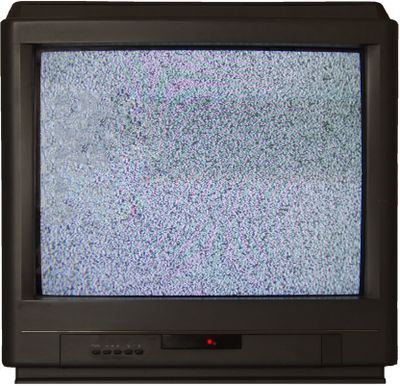Game On: Antiquated CRT TVs deserve better than a landfill

Before you throw out your old cathode-ray tube TV, you might consider the possibility that it’s worth something to the right person. A few weeks ago, I was thrift shopping with a friend when he pointed out an old 24-inch Samsung CRT in the corner with a prominent “FREE” sticker tacked on. I gave it a quick look and determined it was a quality set – a flatscreen manufactured in 2003 – hours of usage were presumably low, burn-in was unlikely, and equipped with plenty of ports for plugging in all sorts of old game consoles, DVD players and VCRs.
I brought it home and plugged it in. The geometry on the right edge was a bit warped, but the colors were vibrant and all of my old game consoles ran like a charm on it. Sure, I won’t be outputting any high-definition content, but anything running at 480p/480i resolution or lower – so, every game console before 2005 – looks gorgeous.
Before HD flat-panel display TVs began flooding the market and dropping like rocks in price from 2005 onward, CRTs were ubiquitous. Because of that, video game graphics were designed with that display technology in mind, utilizing all sorts of tricks to get the most out of them – namely, the way individual pixels tend to blend together on CRTs was often exploited to create a more natural image.
Besides this, CRTs have a few small advantages over the LCDs, PDPs and OLEDs of today. There’s no motion blur, black is truly black, and because they utilize an analog signal, there’s zero input lag – when you press the button to make Mario jump, he jumps instantaneously. Most newfangled smart TVs have a “game mode” which can bring the delay down to anywhere from 1-40 milliseconds, but I’ve played on some massive 60+ inch TVs where I swear the input lag was almost half a second – a small eternity for many types of video games.
Lastly, lightgun games – like the ones you can still find in arcades today – only work on CRTs due to their progressive timing properties. If you long for the glory days of playing Duck Hunt, Time Crisis or House of the Dead at home, you’ll need a CRT. There is no workaround on modern displays.
That’s not to say there isn’t a whole laundry list of reasons why just about every sane person on the planet favors modern displays. They’re light and easy to carry, pixel-perfect, cheap, capable of displaying ever-higher resolutions and blazingly-fast frame-rates – there’s really no contest. The only people looking to pick up a CRT in 2022 are hardcore retro gaming enthusiasts.
That said, there’s plenty of us out there. Take a quick look at Facebook Marketplace, Craigslist, or even eBay, and you’ll find plenty of listings. Given their typically ridiculous weight – a 32-inch Sony Trinitron I recently parted with was 167 pounds – shipping them is not a great option, but arranging a local pickup is commonplace.
Depending on the set, today a CRT in good condition is often worth anywhere from $60 to $200. If you somehow have an industrial-grade CRT on your hands, those can easily be worth $300 to $400 to the right person.
Getting your money’s worth often takes a little effort, however. When listing the set online, you’ll want to include pictures not just of the front of the set, but the back too, if possible. Since it’ll likely end up in the hands of a dedicated hobbyist, they’re going to want to see the model number from the sticker on the back, or at the very least, all of the various ports – a CRT’s ability to accept RF, composite, s-video and/or component input signals play a large factor in its value today.
The bottom line is if you have an old box TV collecting dust, it’s worthwhile to try listing it online. They’re better off in the hands of a hobbyist than a landfill, and a little extra cash never hurt anybody.